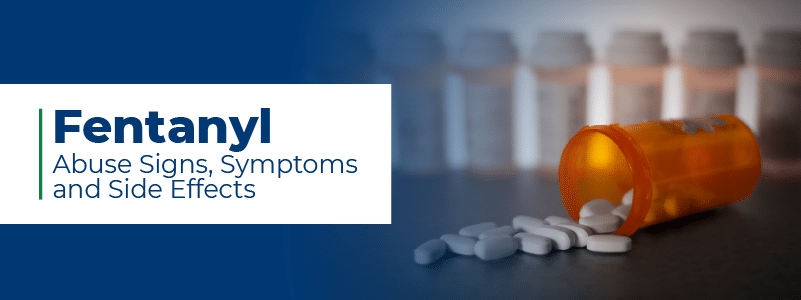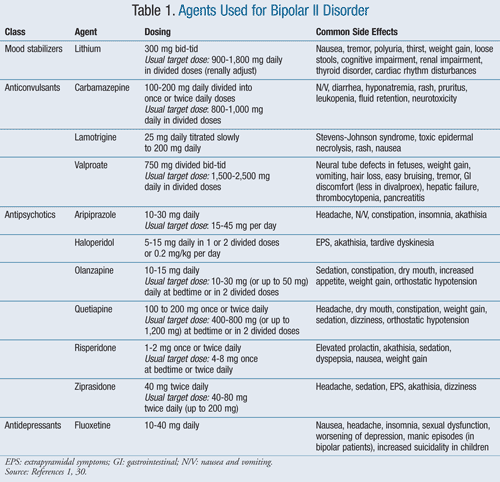Less common side effects of opioid use may include.
The side effects of opioid medications in the elderly include all the following except.
In response prolonged side effects should be proactively treated with further medication management.
They can have serious side effects if you don t use them correctly.
Common side effects of opioid administration include sedation dizziness nausea vomiting constipation physical dependence tolerance and respiratory depression.
Prescription opioids can relieve pain and lead to a feeling of relaxation but they may also have negative effects including the following.
Long term use can lead to dependence addiction and numerous physical complications including overdose and death.
Opioids are best known for their pain relieving and euphoric effects but the powerful drugs have a host of side effects.
Medically they are primarily used for pain relief including anesthesia.
Opioids are substances that when reaching opioid receptors have effects similar to those of morphine.
Opioids frequently cause nausea vomiting constipation and severe itching.
The biggest advantage to opioids is that they re very effective at controlling pain and they re relatively cheap.
Opioids are a type of narcotic pain medication.
A disorder also known as delayed gastric emptying which slows or stops the movement of food from the stomach to the small intestine.
The following list provides an overview of common pain medication side effects and associated management strategies for both persistent pain issues and end of life situations to be considered alongside the older adult s goals and preferences.
For people who have an opioid addiction their problem often started with a.
Other common side effects of opioid use include sedation dizziness vomiting tolerance physical dependence and respiratory depression.
In organizing medications the allied health professional should do all of the following except stock medications with similar names together regardless of the route of administration percutaneous administration occurs when the drug is placed in direct contact with and is absorbed through the hair skin or mucous membranes.















































